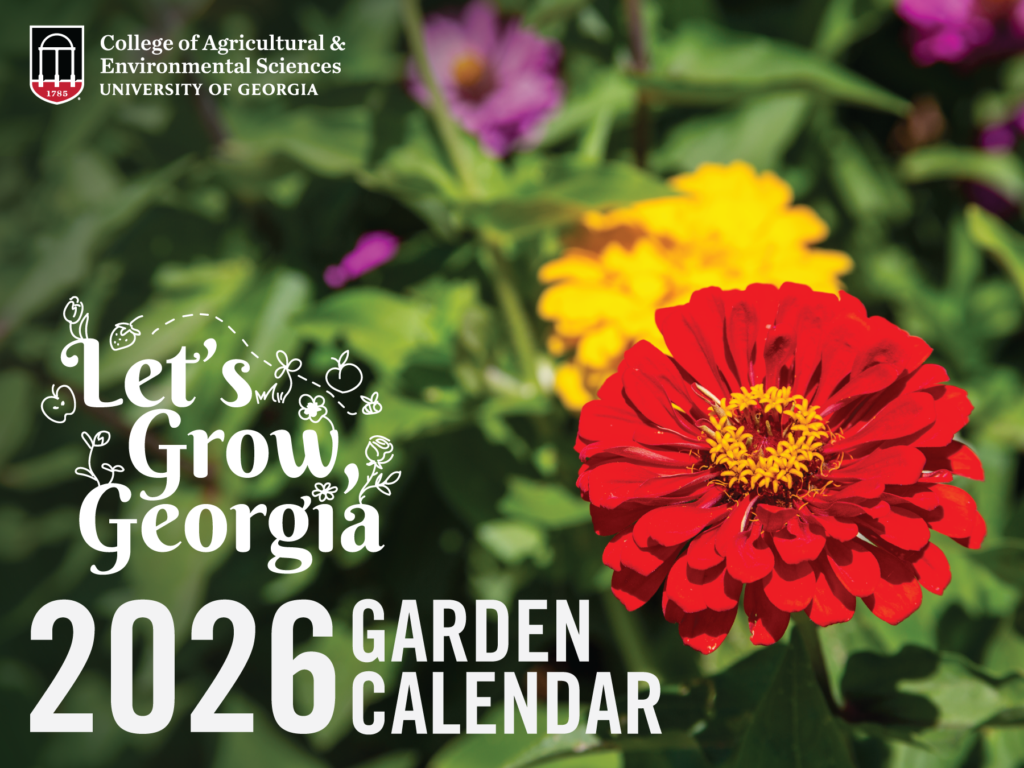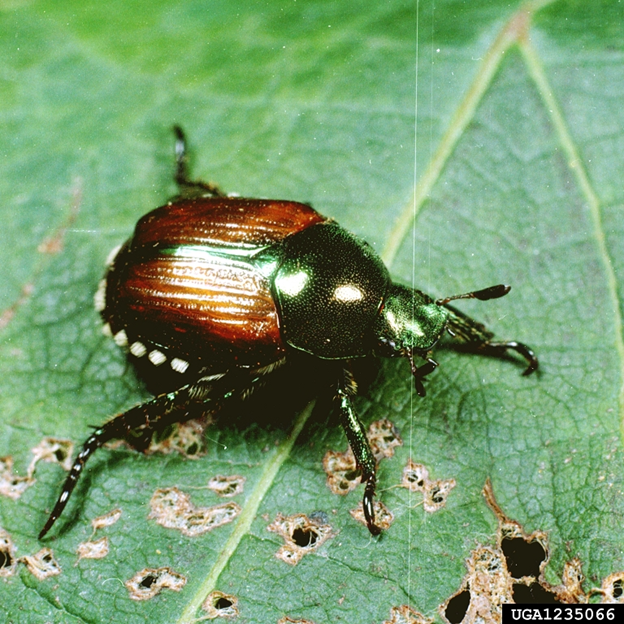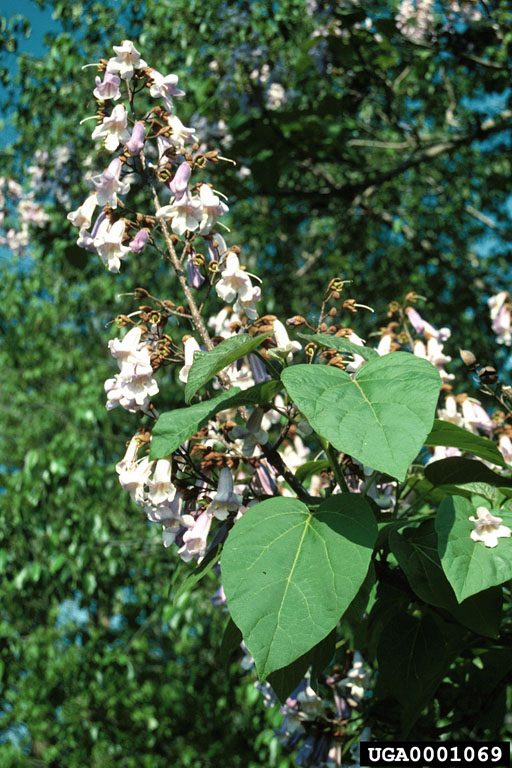
Table of Contents
Camden County ANR Alive & Well
Although we have had to bid Jessica Warren, ANR Agent farewell to pursue her new career as a full time mom, services are still available. ANR Administrator, James Morgan in Statesboro, GA is just a call or email away and will be assisting our office until a permanent agent can be hired to fill the Camden County ANR Agent position. Once the job is posted to the public, we will share the application link.
Please email uge3039@uga.edu or call 912-576-3219 with questions.
Photo Contest for 2026 Let’s Grow Georgia Garden Calendar

Available for order in October, 2025
Calendar will include:
– Photos of Georgia flowers and gardens.
– Monthly gardening tips from UGA Extension horticulturist Heather Kirk-Ballard.
– Features about urban gardening from the UGA Center for Urban Agriculture.
– Guide to seasonal plants for Georgia.
– Gardening terms and definitions.
Submit your photos for 2026:
You could be featured on our 2026 Let’s Grow Georgia garden calendar. Submit your photos of flowers, plants, vegetables and gardens. The deadline for submission is June 30 at 11:59pm. Final decisions will be announced in September.
Guidelines:
Please limit to 3 photo submissions per person. Upload the highest quality version of the image.
Photography ownership and rights statement:
By submitting a photo, the photographer grants the University of Georgia (UGA) the right to use the image in the annual garden calendar and associated promotional materials, including print and digital advertisements. Submitted photos will not be used for purposes beyond the calendar and its related marketing. The photographer will be credited by name or alias in the print calendar and, wherever feasible, in promotional materials. Certain formats with limited space (e.g., digital ads or compact print layouts) may preclude the ability to include a citation. If the photographer wishes to revoke UGA’s access to previously submitted photos, they must contact the College of Agricultural and Environmental Sciences Office of Marketing and Communications at caesomc@uga.edu. All requested photos will be will be removed from any future use. This will not impact any materials that are already in production or in active use (e.g., preplanned digital campaigns or printed pieces).
Use the button below to share your beautiful photos!
Invasive Species Alert! – Japanese beetle (Popillia japonica)

Invasive beetle established across the eastern US. Report sightings to EDDMapS!
Photo Credit: Clemson University – USDA Cooperative Extension Slide Series , Bugwood.org
Overview:
Japanese beetle is native to Japan and was detected in New Jersey in 1916. It is established in the eastern
half of the US with scattered reports in the west. Its host range is over 300 species, but is primarily associated
with turf, ornamentals, fruit crops, and field crops. Generations take 1-2 years, depending on climate.
Life Stages:
- Larva are 0.5-1.2 in long, six legs, C-shaped, and translucent white to cream colored grub. Head capsule is hardened and
yellowish-brown. - Pupa 0.5 in long and cream to metallic green
- Adults are metallic green with brown wing covers, five white tufts on each side and two on the end
Pest of turf, ornamentals, fruit crops, and field crops and often found in gardens. Larvae often feed on grass roots,adults on leaves and flowers.
Report Invasive Species Sightings: Reporting, maps, and more on invasive, pest, and biocontrol species
Invasive Species Alert! – Princesstree (Paulownia tomentosa)

Large invasive tree, grows up to 60 ft tall
Photo Credit: James R. Allison, Georgia Department of Natural Resources, Bugwood.org
Leaves are large, oval to heart shaped, opposite, and slightly hairy ; Flowers in Spring at branch tips in upright clusters; large and tubular with five unequal lobes and a brown, hairy base (sepals); Fruit are light green egg-shaped capsules that are 1-2 in long. They become dark brown in winter and split open releasing winged seeds.
Additional Species Info – princesstree from EDDMapS
#Plant This Not That – Instead of Princesstree, plant Southern Catalpa (catalpa bignonioides, which is a native tree. Similar hardiness zones, light requirements, height, flower type, and leaf shape.
Catalpa Tree Resources:
Invasive Species Tips
Souvenirs and gifts are popular items to bring back from traveling.
Before traveling, check US and State Laws for items that you cannot bring back. Natural products (fruits, vegetables, plants, fiber arts, etc.) often require inspection and may not be allowed! These products can carry invasive and pest species, which can cause harm to US agriculture and natural areas.
Declare your souvenirs when returning and make them available upon inspection request.